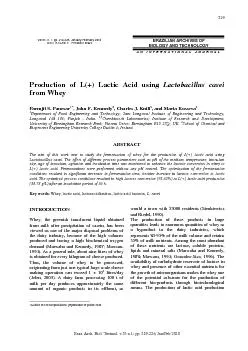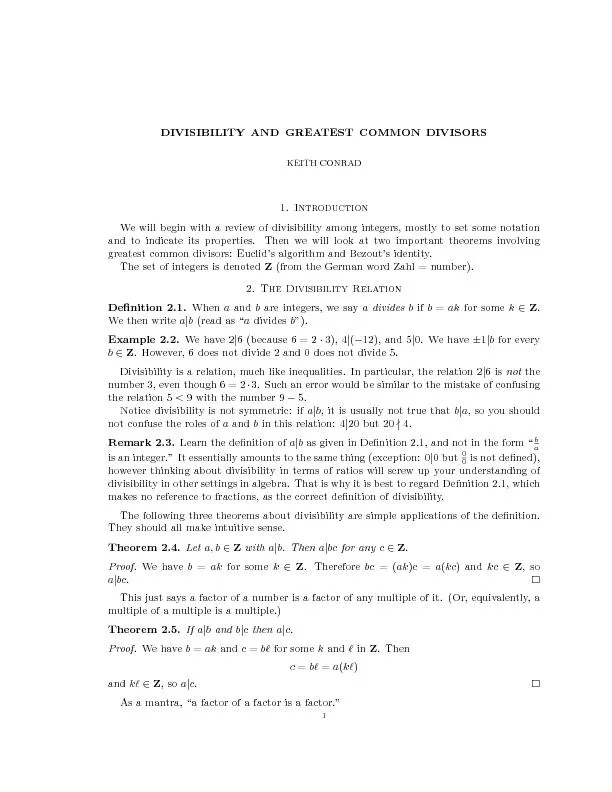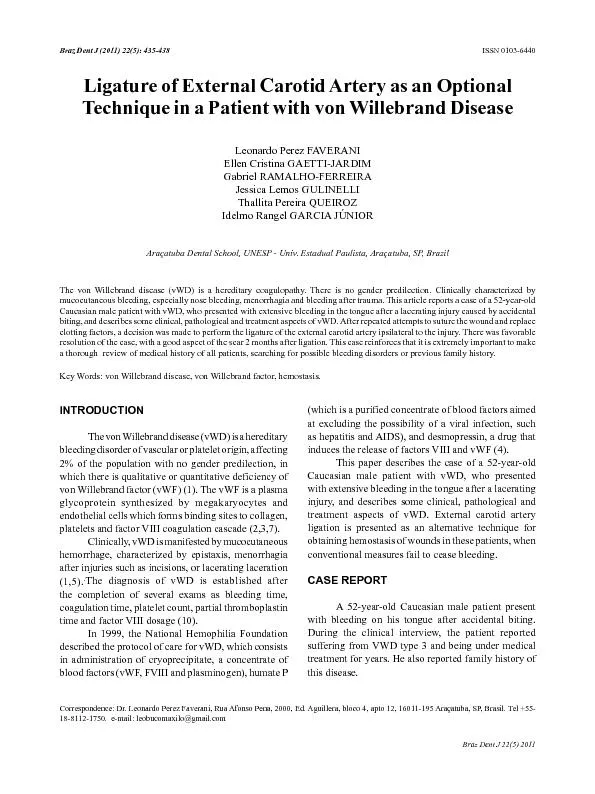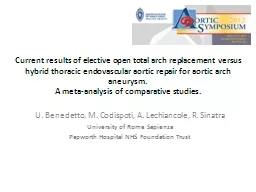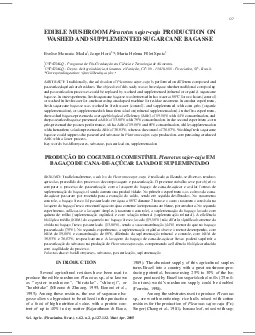PDF-Braz. Arch. Biol. Technol. v.53 n.1: pp. 219-226, Jan/Feb2010 219Vol.5
Author : debby-jeon | Published Date : 2015-08-22
AN INTERNATIONAL JOURNAL Production of L Lactic Acid using Lactobacillus caseifrom Whey Parmjit S Panesar1 John F Kennedy Charles J Knill and Maria KossevaDepartment
Presentation Embed Code
Download Presentation
Download Presentation The PPT/PDF document "Braz. Arch. Biol. Technol. v.53 n.1: pp...." is the property of its rightful owner. Permission is granted to download and print the materials on this website for personal, non-commercial use only, and to display it on your personal computer provided you do not modify the materials and that you retain all copyright notices contained in the materials. By downloading content from our website, you accept the terms of this agreement.
Braz. Arch. Biol. Technol. v.53 n.1: pp. 219-226, Jan/Feb2010 219Vol.5: Transcript
Download Rules Of Document
"Braz. Arch. Biol. Technol. v.53 n.1: pp. 219-226, Jan/Feb2010 219Vol.5"The content belongs to its owner. You may download and print it for personal use, without modification, and keep all copyright notices. By downloading, you agree to these terms.
Related Documents

